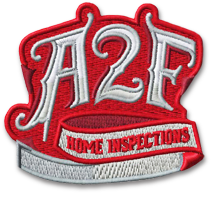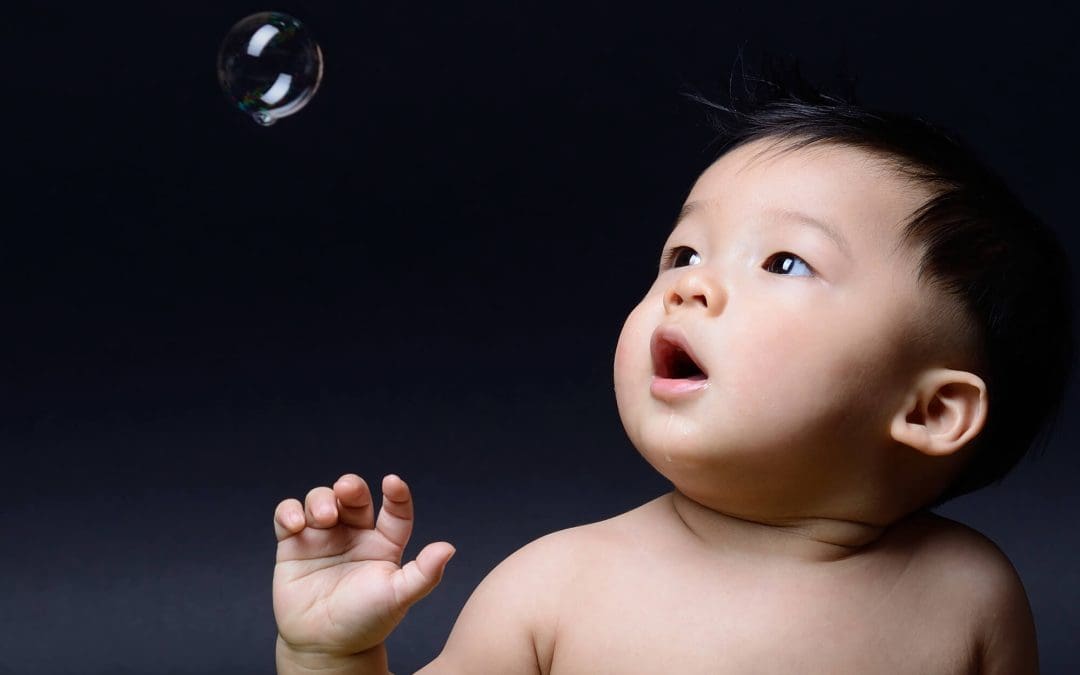Welcoming a baby into your home is a joyous occasion but brings new challenges and responsibilities. One of the most important tasks is ensuring your home is a safe environment for your little one. Babyproofing your home is essential to protect your baby from potential hazards. Here’s a detailed guide to help create a safe space for your child.
Assessing the Environment Before Babyproofing Your Home
Before you begin babyproofing, take a thorough look around your home from your baby’s perspective. Crawling around on your hands and knees gives you insight into what your child might encounter. Identify potential dangers such as sharp corners, low cabinets, and accessible electrical outlets.
Securing Furniture and Appliances
Heavy furniture like bookshelves, dressers, and TVs should be anchored to the wall to prevent tipping. Use safety straps or brackets designed specifically for this purpose. Ensure that appliances like ovens and refrigerators have child locks, and keep small appliances like toasters and blenders out of reach.
Electrical Safety
Electrical outlets are tempting for curious little fingers. Install outlet covers or safety plates on all unused outlets. Make sure that cords are out of reach and not hanging where a child can pull on them. For cords that can’t be moved, consider using cord shorteners or hiding them behind furniture.
Kitchen Safety & Babyproofing Your Home
The kitchen is a hub of activity and a hotspot for potential hazards. Use stove knob covers and a stove guard to prevent little hands from turning on burners or reaching hot surfaces. Keep knives, scissors, and other sharp objects in locked drawers. Store cleaning supplies and other hazardous materials in cabinets with childproof locks.
Bathroom Safety
In the bathroom, ensure that medications, toiletries, and cleaning products are stored in high cabinets with locks. Use a toilet lock to prevent drowning risks, and always empty the tub immediately after use. Install non-slip mats in the bathtub and secure a soft cover over the faucet to protect against bumps and bruises.
Living Room Safety
In the living room, use corner and edge bumpers on furniture to prevent injuries from falls. Secure rugs with non-slip pads to avoid slipping. Keep small objects, like coins and batteries, out of reach as they pose choking hazards. Ensure that window blind cords are secured with safety tassels or cleats to prevent strangulation.
Babyproofing Your Home for Bedroom Safety
In the nursery and bedrooms, make sure cribs meet current safety standards. The mattress should fit snugly, with no more than two fingers’ width between the mattress and the crib. Keep the crib free from pillows, stuffed animals, and heavy blankets. Anchor dressers and bookshelves to the wall and use drawer stops to prevent drawers from being pulled out completely.
Stair Safety
Install safety gates at the top and bottom of stairs to prevent falls. Ensure the gates are securely mounted and can withstand a push or pull. If your railings have wide gaps, consider using a banister guard to prevent your child from squeezing through.
Fire Safety While Babyproofing Your Home
Install smoke detectors in every bedroom and on every level of your home, and test them regularly. Keep a fire extinguisher in an easily accessible location. Develop a fire escape plan and practice it with your family. Ensure that matches and lighters are stored in locked cabinets that are out of reach of children.
Outdoor Safety
If you have a yard or outdoor space, make sure it is fenced in and that gates are securely locked. Store gardening tools, chemicals, and grills out of reach. Ensure that play equipment is age-appropriate and in good condition. Always supervise your child while they are playing outside.
Babyproofing your home is an ongoing process that evolves as your child grows and becomes more mobile. Regularly reassess your home for new potential hazards and adjust your safety measures accordingly. While it may seem daunting, these steps will provide a safe environment for your child to explore and grow. By being proactive and diligent, you can enjoy peace of mind knowing your home is a secure place for your little one.
FAQs for Babyproofing Your Home
When should I start babyproofing my home?
It’s best to start babyproofing your home before your baby begins to crawl, usually around 6-8 months of age. However, it’s never too early to start, as this gives you ample time to make necessary adjustments and ensures your home is ready for your baby’s explorations.
How do I babyproof my home if I have older children too?
Balancing babyproofing with the needs of older children can be challenging. Educate older siblings about the importance of safety and encourage them to keep small toys and choking hazards out of the baby’s reach. Use designated play areas for older kids’ toys and ensure they understand which items are off-limits for the baby.
What should I do if I have a pool or water feature in my yard?
Install a fence around your pool with a self-closing, self-latching gate. Use pool alarms and always supervise your child around any water. Consider using a pool cover when the pool is not in use, and keep flotation devices nearby.
What are the most overlooked areas in a home that need babyproofing?
Commonly overlooked areas include pet food bowls, trash cans, and heavy objects like lamps or decor that can be pulled down. Also, secure windows and doors to dangerous areas like basements or garages.
Attic to Foundation provides home inspection services for customers in the greater Atlanta area. If you’re buying or selling a home, contact us to request an appointment.

